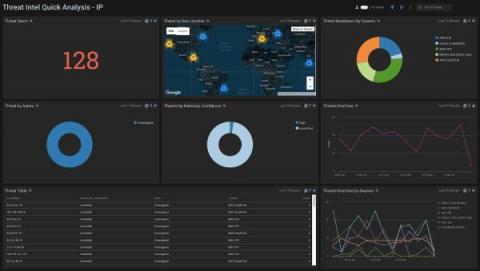Bringing home the beacon (from Cobalt Strike)
Elastic Security engineers have documented a less tedious way to find network beaconing from Cobalt Strike. In their full analysis (), Elastic Security team researchers Andrew Pease, Derek Ditch, and Daniel Stepanic walk users through the Elastic fleet policy, how to collect the beacon, beacon configuration, how to analyze its activity, and how you can set it up in your organization’s environment.










